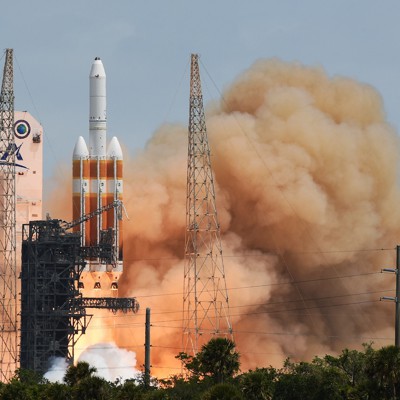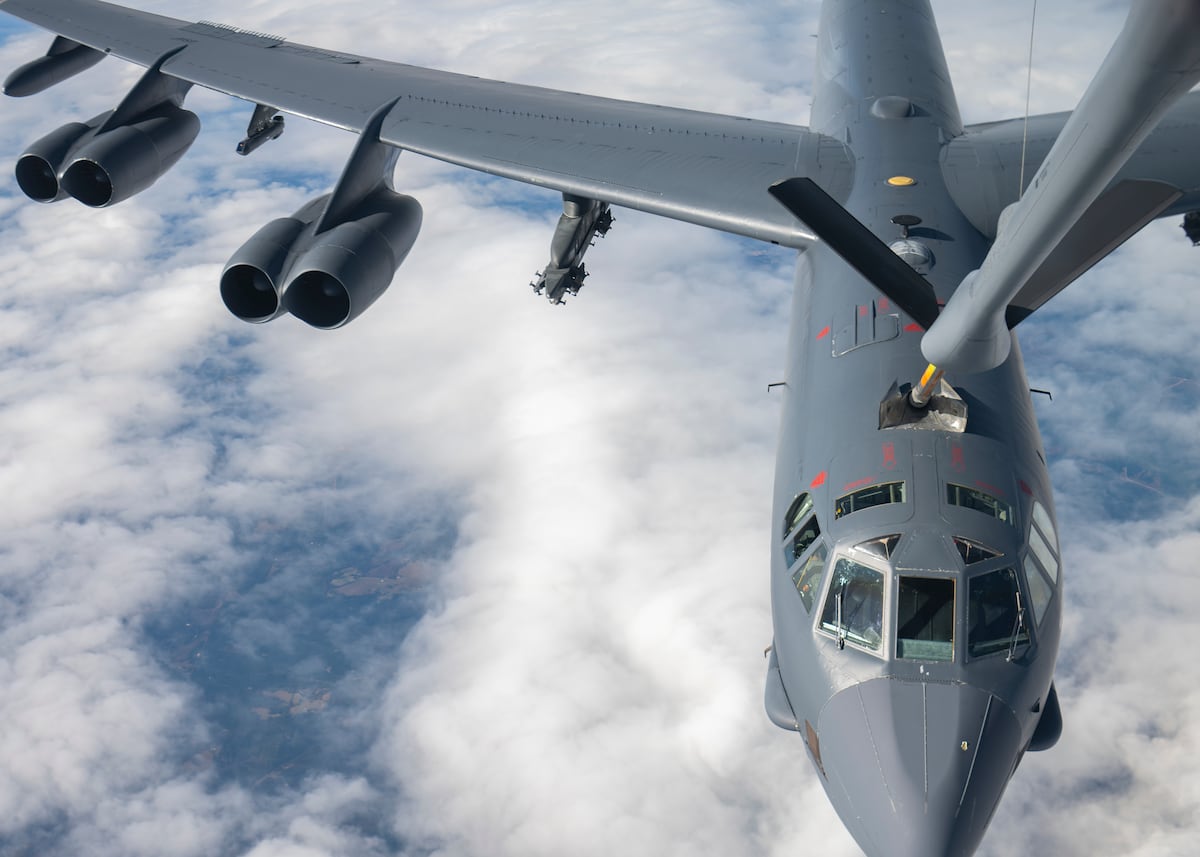Until recent decades, the National Reconnaissance Office wouldn’t acknowledge even one satellite it had in space. Now, the intelligence agency is speaking publicly about launching dozens in the past year and a half.
“From last June to December of this year, we’ll have probably launched 100 satellites. So we are going from the demo phase to the operational phase, where we’re really going to be able to start testing all of this stuff out in a more operational way,” Christopher Scolese, director of the NRO, said today at an event hosted by the Center for Strategic & International Studies.
Some of those 100 belong to a new network of satellites that will collect information for the Pentagon and intelligence community. The agency’s first batch of operational satellites in this constellation launched in May, and the agency has since launched two more batches. But officials haven’t disclosed the number of satellites in those first launches or how many the constellation will have in total.
The agency has launched demonstration satellites over the last few years “to verify cost and performance,” according to officials, but this year’s satellites will start being used for real-time missions.
“What are they going to be doing? They are part of the proliferated architecture to go off it and get us reasonably high-resolution imagery of the Earth at a high rate of speed,” Scolese said.
Growing this constellation of intel-gathering satellites will enable the United States to keep a persistent gaze on a given point on Earth, Scolese said. “Now you can’t hide because you’re constantly being looked at.”
The agency will continue launching new satellites into various orbits for this architecture through 2028, and aims to eventually quadruple the number of satellites it has in orbit over the next decade.
“The NRO continues to build and fortify the largest government satellite constellation in history which has been enabled by a dynamic 18-month period, ending late this year, where 10+ missions will have launched and delivered more than 100 payloads on orbit. The purpose of this proliferated architecture is to increase revisit rates, enhance NRO’s coverage, and capture and deliver—by orders of magnitude—more data to our users than ever before,” an NRO spokesperson said in an email.
But with the influx of satellites on orbit, and the heaps of data coming from those satellites, humans can’t keep up, Scolese said, so the agency will need help from artificial intelligence to manage its satellite constellations better.
“Operating a proliferated architecture means that it’s no longer possible to go off and for an individual sitting at a control center to say, I know what the satellite is doing. So we have to have the machines to go off and help us there. We need artificial intelligence, machine learning, [and] automated processes to help us do that,” he said.
Separate from NRO’s planned network of satellites, the Space Development Agency has been building out its own proliferated constellation of satellites, called the Proliferated Warfighter Space Architecture, or PWSA, which will start delivering operational capabilities for troops this year.
Read the full article here








Leave a Reply